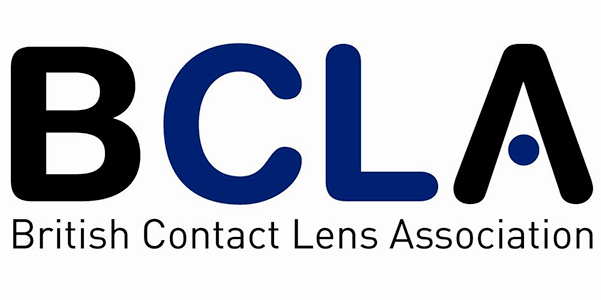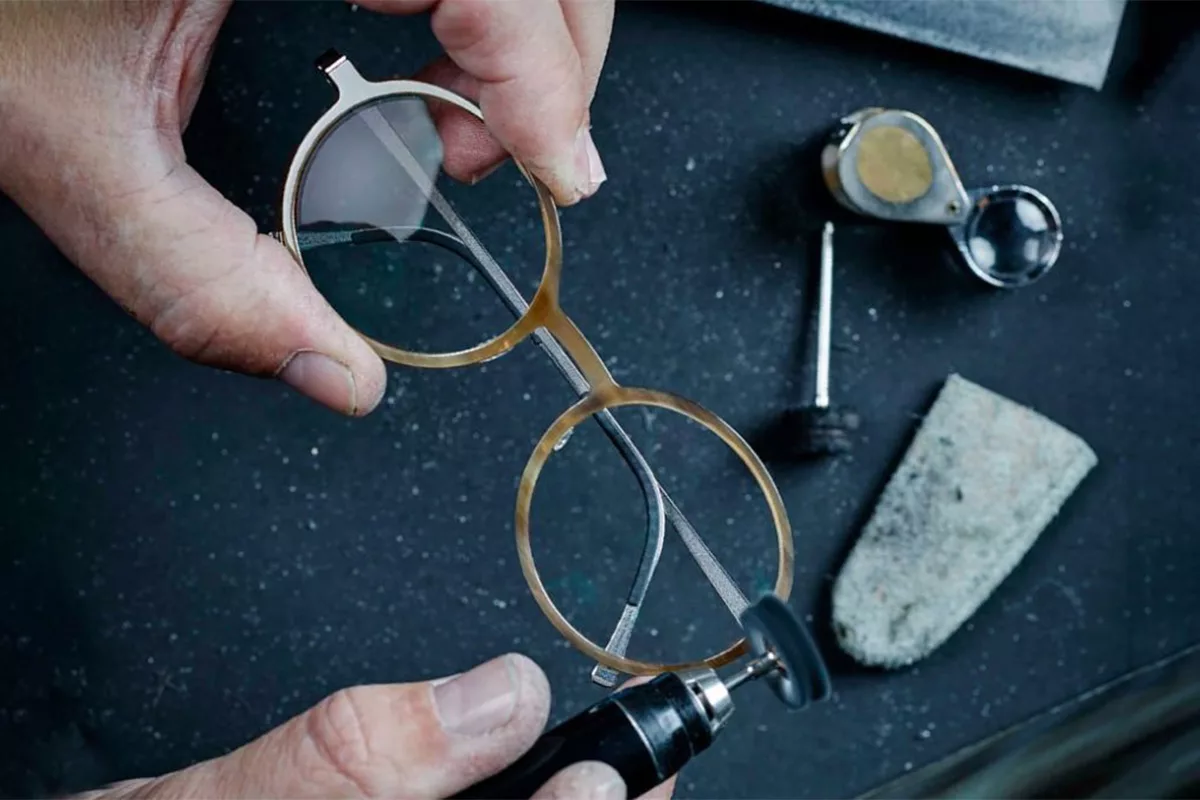Pending EU agreement on the regulation of in vivo diagnostics, including dry fluorescein products, the British Contact Lens Association (BCLA) has issued new guidance to members on the use of Minims 1% and 2% in everyday contact lens practice.
 The decision to issue the guidance follows a representation made by the BCLA last week, on behalf of its members, to Bausch + Lomb regarding the company’s decision to cease worldwide production of Fluorets fluorescein strips.
The decision to issue the guidance follows a representation made by the BCLA last week, on behalf of its members, to Bausch + Lomb regarding the company’s decision to cease worldwide production of Fluorets fluorescein strips.
In a joint reply to BCLA President, Dr Catharine Chisholm, Calvin Roberts, Bausch + Lomb Executive Vice President (VP) and Chief Medical Officer, and Joe Barr, Bausch + Lomb VP Clinical and Medical Affairs, Global Vision Care, said they regretted any impact the discontinuation of Fluorets might have on BCLA members and the broader eyecare community.
Drs Roberts and Barr went on to explain that their paper supplier had ceased the part of its business that was critical to manufacturing Fluorets. “Despite our best efforts, we have not identified a viable alternative supplier willing to manufacture to the necessary standards,” they continued.
They said the company would do everything it could to help manage the transition to “a viable fluorescein solution”, provide clinical guidance on the use of Minims fluorescein 1% in place of Fluorets, and “continue to explore possible options for identifying a viable alternative supplier”.
“However this is a long‐term effort, and unlikely to result in the re‐introduction of a paper‐based solution, given what we have already experienced,” Drs Roberts and Barr concluded.
The timing of the discontinuation of Fluorets coincides with the imminent European Commission (EU) classification of fluorescein strips and the subsequent withdrawal of CE marked alternatives. It is expected that the General Optical Council (GOC) will issue guidance shortly to UK eyecare practitioners, in consultation with the Medicines and Healthcare products Regulatory Agency (MHRA).
“The BCLA is keen to have the issue resolved as a matter or urgency, not just for our members, but for the eyecare community at large,” said Dr Chisholm.
After contacting the MHRA last week, the BCLA received the following response: “In the UK, in vivo diagnostics fall to be regulated as medicinal products which satisfy the second limb of the definition of a medicinal product and are not regarded to be medical devices.
“The MHRA is aware that there are currently ongoing discussions at EU level concerning this type of product and that Bausch + Lomb has taken the decision to cease the production of the licensed medicinal product Fluorets.
“The MHRA has now taken the decision not to take further regulatory action at the present time regarding CE marked ophthalmic diagnostic strips until such time an EU decision has been made. You need to be aware that the MHRA decision is not an indication that we would regard the products to be medical devices, and that this is an interim measure pending EU agreement on the regulation of these products.”
Dr Chisholm told BCLA members today via a News Alert: “The situation is obviously still changing as we wait for the imminent EU Commission ruling on whether all fluorescein sodium should have their classification changed to CE marked only. Only then will the MHRA, and the BCLA, be in a position to advise on the status of these ophthalmic dyes in the UK.”
To support eyecare practitioners in the meantime, Professor James Wolffsohn, Professor of Optometry and Deputy Executive Dean of the School of Life and Health Sciences, Aston University, has produced some guidance on the use of fluorescein Minims, based on his experimental work and the scientific literature.
BCLA members may download the guidance from the Members’ Area of the BCLA website, www.bcla.org.uk. Non-members who wish to obtain the guidance should email admin.bcla@bcla.org.uk












